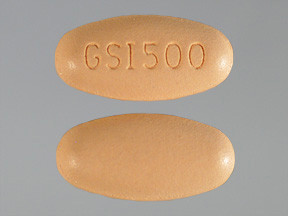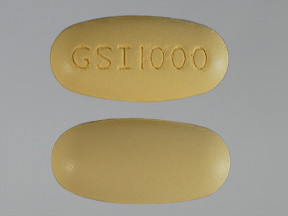RANOLAZINE EXTENDED-RELEASE - ORAL
PHONETIC PRONUNCIATION: (ra-NOE-la-zeen)
COMMON BRAND NAME(S): Ranexa
GENERIC NAME(S): ranolazine
Uses
USES: Ranolazine is used to treat a certain type of chest pain (chronic stable angina). It decreases the number of times you may get chest pain. Relieving symptoms of angina can increase your ability to exercise and perform strenuous work. Ranolazine works differently than other drugs for angina, so it can be used with your other angina medications (e.g., nitrates, calcium channel blockers such as amlodipine, beta blockers such as metoprolol). It is thought to work by improving how well the heart uses oxygen so that it can do more work with less oxygen.
How to use RANOLAZINE EXTENDED-RELEASE - ORAL
HOW TO USE: Read the Patient Information Leaflet if available from your pharmacist before you start taking ranolazine and each time you get a refill. If you have any questions, ask your doctor or pharmacist. Take this medication by mouth, usually twice daily with or without food or as directed by your doctor. Swallow this medication whole. Do not crush, chew, or split tablets. Doing so can release all of the drug at once, increasing the risk of side effects. Avoid eating grapefruit or drinking grapefruit juice while being treated with this medication. Grapefruit can increase the amount of certain medications in your bloodstream. Consult your doctor or pharmacist for more details. The dosage is based on your medical condition, response to treatment, and other medications you may be taking. Be sure to tell your doctor and pharmacist about all the products you use (including prescription drugs, nonprescription drugs, and herbal products). Do not take more of this medication than your doctor prescribes. Use this medication regularly in order to get the most benefit from it. To help you remember, take it at the same times each day. This medication must be taken regularly to be effective. It should not be used to treat angina when it occurs. Use other medications (e.g., sublingual nitroglycerin) to relieve an angina attack as directed by your doctor. Consult your doctor or pharmacist for details. Do not suddenly stop taking this medication without consulting your doctor. Your condition may become worse when the drug is suddenly stopped. Your dose may need to be gradually decreased. Inform your doctor if your condition does not improve or if it worsens (e.g., your chest pain happens more often).
Side Effects
Precautions
Interactions
Overdose
Images
Reviews
Faq for RANOLAZINE EXTENDED-RELEASE - ORAL
Ranolazine extended-release is used to treat chronic angina (chest pain) in patients who have not responded well to other anti-anginal medications. It helps to improve the blood flow to the heart and reduces the frequency of angina attacks.
You should take Ranolazine extended-release exactly as prescribed by your doctor. Usually, it is taken twice daily with or without food. Follow the instructions on the prescription label and do not exceed the recommended dosage.
Common side effects of Ranolazine extended-release may include dizziness, constipation, headache, nausea, and diarrhea. If you experience any severe or persistent side effects, notify your doctor immediately.
It is best to avoid consuming alcohol while taking Ranolazine extended-release as it may increase the risk of side effects such as dizziness and drowsiness.
If you miss a dose, take it as soon as you remember. However, if it is close to the time of your next scheduled dose, skip the missed dose and resume your regular dosing schedule. Do not take a double dose to make up for the missed one.
Ranolazine extended-release may interact with certain medications, including antifungal drugs, HIV medications, and certain antibiotics. It is important to inform your doctor about all the medications you are taking to avoid any potential interactions.
The effectiveness of Ranolazine extended-release can vary from person to person. It may take a few weeks for you to notice the full benefits of the medication. It is important to continue taking it as prescribed, even if you do not experience immediate relief from symptoms.
No, you should not stop taking Ranolazine extended-release abruptly without consulting your doctor. Abruptly stopping the medication can worsen your condition and may lead to withdrawal symptoms. Your doctor will provide instructions on how to gradually taper off the medication if necessary.
It is not recommended to use Ranolazine extended-release during pregnancy unless clearly needed. It is also not known if the medication passes into breast milk, so it is best to consult your doctor before breastfeeding while taking this medication.
Disclaimer
IMPORTANT: HOW TO USE THIS INFORMATION: This is a summary and does NOT have all possible information about this product. This information does not assure that this product is safe, effective, or appropriate for you. This information is not individual medical advice and does not substitute for the advice of your health care professional. Always ask your health care professional for complete information about this product and your specific health needs.


No Reviews Yet